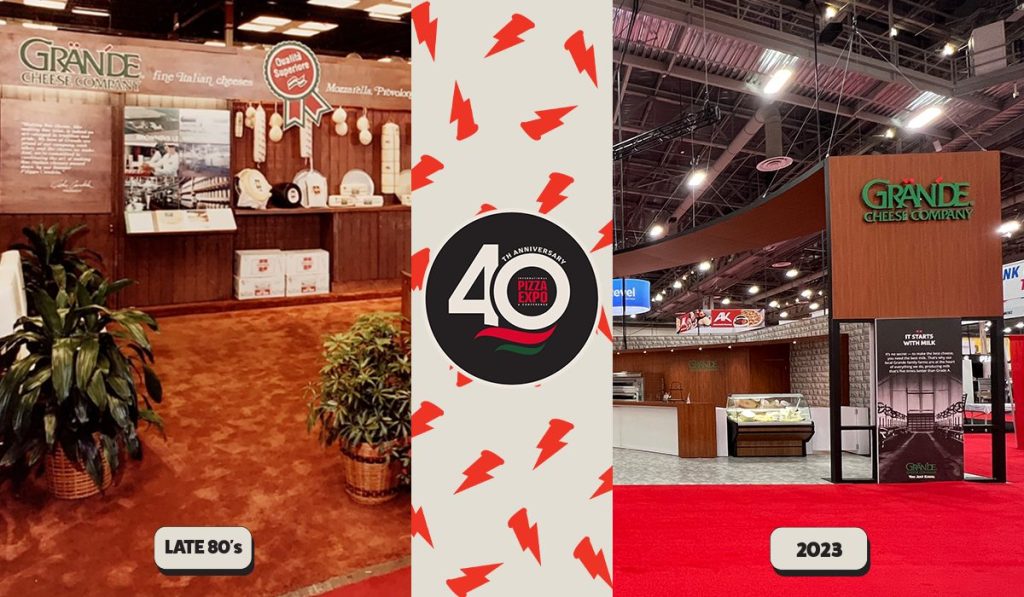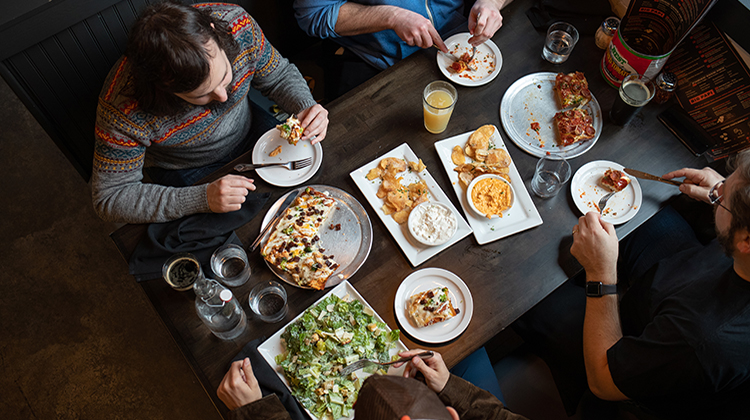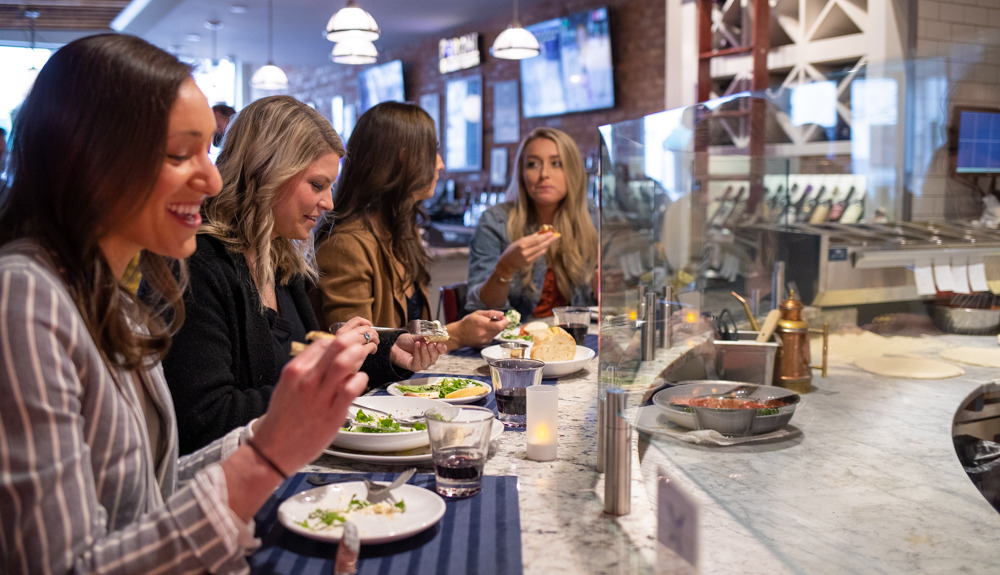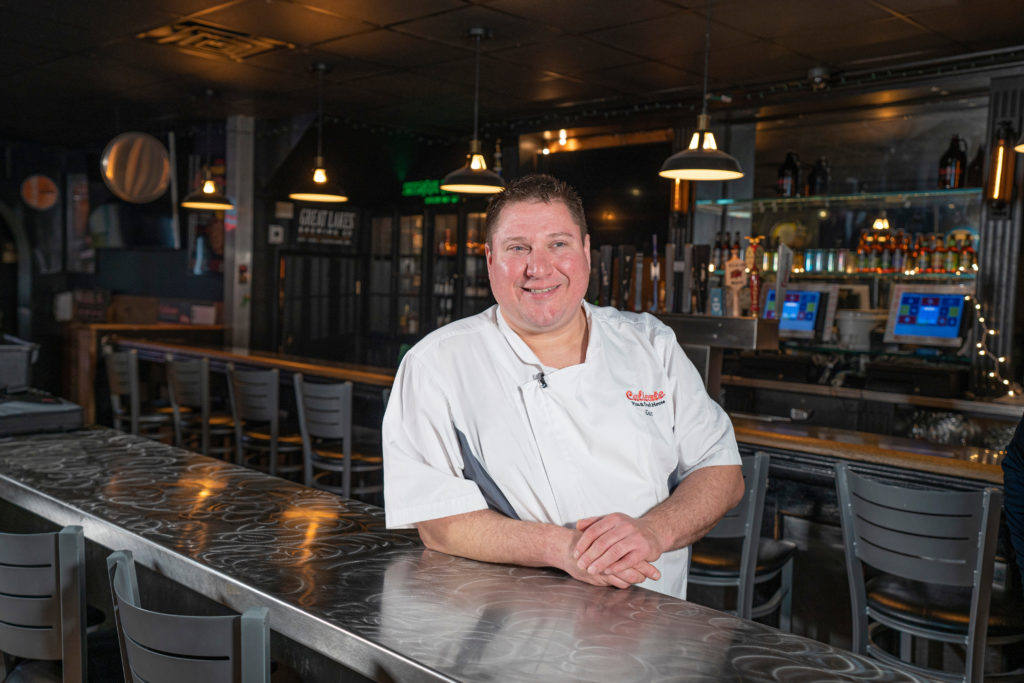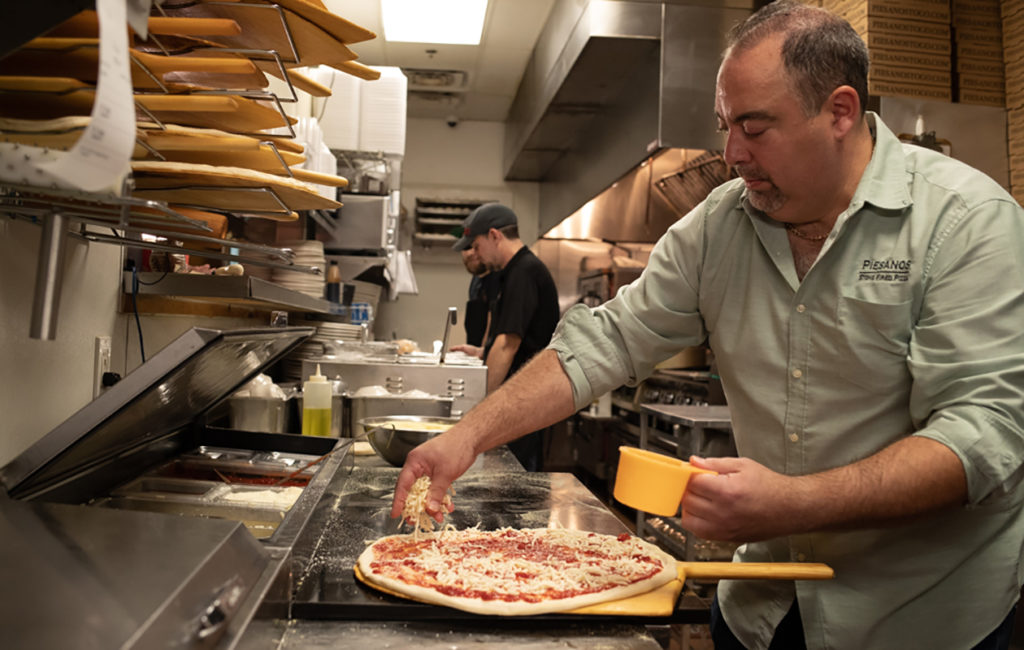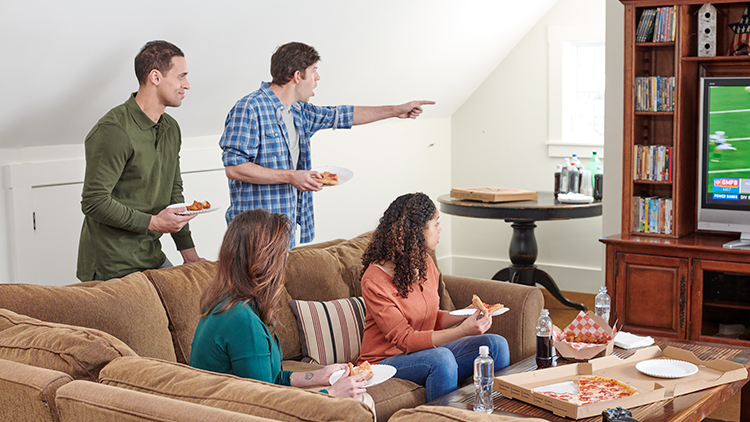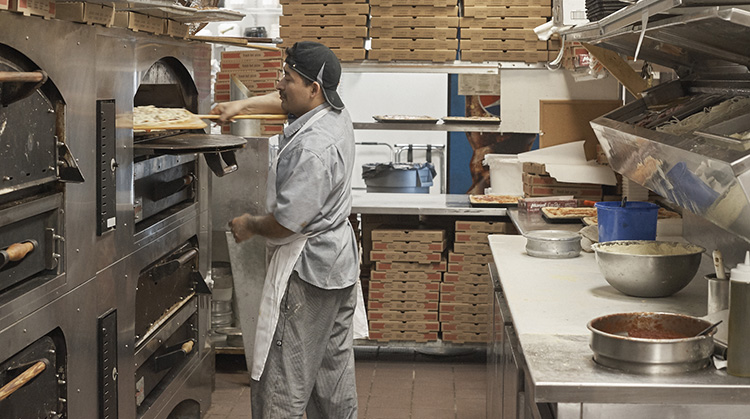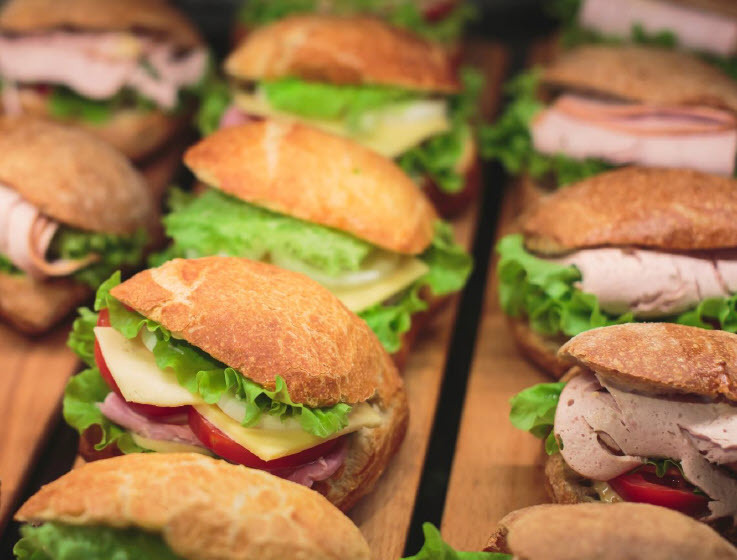It’s well documented that the uncertainty of the pandemic crisis put most restaurant owners in survival mode. But, it’s time to communicate with your targeted consumers to make sure you get a fair share of the market.
QSR Magazine reported that early in the pandemic, home-cooked meals shifted from 33% to 55% of all meals,¹ in large part due to limited foodservice options. Many consumers reveled in having the time to cook at home more often. A lot more often. At the same time, many restaurant owners were navigating operational challenges for survival. As consumers have become fatigued with COVID-19 and their concerns about dining out have eased, now is the time to strengthen your communication with your patrons and win back more customers.
Although pizza is widely enjoyed by all consumers, often times there are differences in needs that tend to be consistent with generations or age groups. Here are the four key generation groups and some basic tendencies during the pandemic:
- Baby Boomers (56 – 74 years old) – They are the most cautious group about dining out during the pandemic due to their age. BUT, they are the most likely group to feel safe (56%) eating at an independent restaurant versus a chain.² Your communication with them should focus on safety precautions and peace of mind with a little nostalgia.
- Gen X (40 – 55 years old) – About half (52%) of the group avoids dining out at restaurants,² but they feel very comfortable and safe with off-premise meals. They are approaching their peak earning power, so they likely have the disposable income to eat out frequently. Your communication should be around menu variety and new offerings to keep them coming back. Explore top trending pizza ingredients if you are looking for some new ideas!
- Millennials (24 – 39 years old) – This group is most likely to dine at a sit-down restaurant (38%)² and is fluent with off-premise meals. Many are entering new life stages with families and tighter budgets, so communication to them should focus on overall value for family meals and kid-friendly meals.
- Gen Z (8 – 23 years old) – This generation is the least likely group to avoid dining out (37%)² because they are the least affected by the pandemic. They enjoy high quality, craveable foods. You should communicate with them about speed and convenience (including online) to satisfy their need for impulse choices.Learn more about Gen Z in Pizza Restaurants in GEN Z: THE NEXT GENERATION TAKING FOODSERVICE BY STORM
Pizza Restaurants: Affordable Quality
One thing that hasn’t changed during the pandemic is the consumer interest in great tasting, quality pizza. According to the Mintel Pizza Restaurant Report, 77% of all consumers believe “Pizza is an affordable restaurant option during a recession”. But, affordable pizza must be high quality pizza and translate to great taste.
Mintel reveals the vast majority (73%) of consumers report the most important attribute when deciding which pizza restaurant to order from (excluding price) is “Quality of Pizza” followed by the “Type of Pizza (thin, deep dish, etc.)” (44%). Consumers continue to seek out quality pizza and often will pay more for it. And, it’s important to meet their expectations on quality, because over half of consumers (55%) believe pizza should come with a delivery satisfaction guarantee/pizza insurance to make sure they get the quality they expect.
What Do Generational Differences Mean to Pizza Restaurants?
- Baby Boomers place an even higher importance on “Quality of Pizza” (78%)4 over the other age groups. They also find “Convenient Locations” (39%)4 a more important driver of value.
- About 25% of Gen X and Baby Boomers believe “Customizability” is an important driver of value.4
- 60% of Millennials and Gen Z are motivated by new menu items and LTOs, and Gen X is not far behind at 50%.4
- About 1 in 5 Millennials and Gen Z consumers also place greater emphasis on the importance of online ordering capability than other groups.4
- Gen Z values the speed of delivery (31%) and non-pizza items, like beverage, breadsticks, etc. It’s intuitive to believe younger consumers are more price conscious consumers and they may be. But, when it comes to pizza young adult consumers (18-24 years old) find food quality (69%) about twice as important as low prices (36%) for good pizza restaurant value.4 The truth is younger consumers have grown up with high expectations for food quality, so they don’t typically trade off quality for price. Pulling back on food quality will send them to competitors with higher quality food choices.
While every generation shares an affinity for pizza, understanding what is most important to each of them can help you communicate effectively with your customer base. The Grande team has a number of tools and tactics to help you really home in on your customers and maximize your success. Contact us and let’s talk about how we can help.
